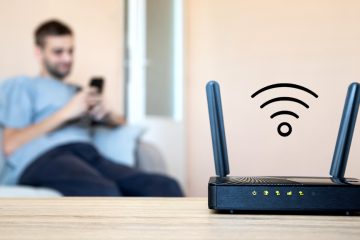A recent report by the American Medical Association found that nearly 30% of all scheduled appointments are missed by patients. This not only disrupts doctor’s schedules but also creates access issues for other patients seeking care. Fortunately, patient scheduling software has emerged as a powerful tool to streamline appointment booking, reduce missed visits, and improve the overall patient experience. But with a growing number of options available, how do you choose the right software for your practice?
Here are five essential features that patient scheduling software must have in 2024:
1. Seamless Patient Self-Scheduling
Gone are the days of endless phone calls and lengthy hold times. Today’s patients expect convenience, and patient scheduling software with self-scheduling capabilities delivers just that. Patient scheduling software allow patients to view real-time appointment availability, select their preferred time slots with specific doctors, and even fill out pre-appointment forms – all from the comfort of their own devices. This empowers patients to take control of their healthcare experience and reduces administrative burdens on practice staff.
2. Two-Way Communication and Reminders
Effective communication is key to reducing missed appointments. Patient scheduling software should facilitate two-way communication channels. Appointment confirmations, reminders, and updates can be sent via email and SMS, ensuring patients don’t forget their visits. A good patient scheduling software allow secure messaging between patients and providers, fostering better patient engagement and reducing the need for unnecessary phone calls.
3. Integration with Electronic Health Records (EHR)
In today’s data-driven healthcare landscape, seamless integration between patient scheduling software and Electronic Health Records (EHR) is crucial. This integration eliminates the need for manual data entry, reduces errors, and streamlines workflows. When a patient schedules an appointment, their medical history can be easily accessed by the doctor, allowing for more informed consultations and efficient care delivery. A good patient scheduling software will offer robust solutions that integrate scheduling with EHR, promoting a holistic view of patient care.
4. Customization for Different Appointment Types
Not all appointments are created equal. A routine check-up requires a different time slot than a complex procedure. Patient scheduling software should offer customization options to cater to various appointment types. Features like setting different appointment durations, allowing for online appointment booking for specific procedures, and integrating with telemedicine platforms ensure optimal scheduling flexibility for both patients and providers. A good patient scheduling software allows therapists to configure sessions based on duration and type (individual, couples, family), while others can manage appointments for specialists with extended consultation times.
5. Real-Time Analytics and Reporting
Data is king in the healthcare industry. Patient scheduling software should provide real-time analytics and reporting functionalities. Practices can track key metrics like appointment booking trends, cancellation rates, and patient demographics. This valuable data can be used to identify areas for improvement, optimize scheduling practices, and enhance patient satisfaction. Patient scheduling software offer comprehensive reporting tools that empower practices to make data-driven decisions and improve overall scheduling efficiency.
By incorporating these five essential features, patient scheduling software can revolutionize the way healthcare appointments are booked and managed. This translates into a more convenient experience for patients, improved operational efficiency for practices, and ultimately, better overall healthcare delivery.




